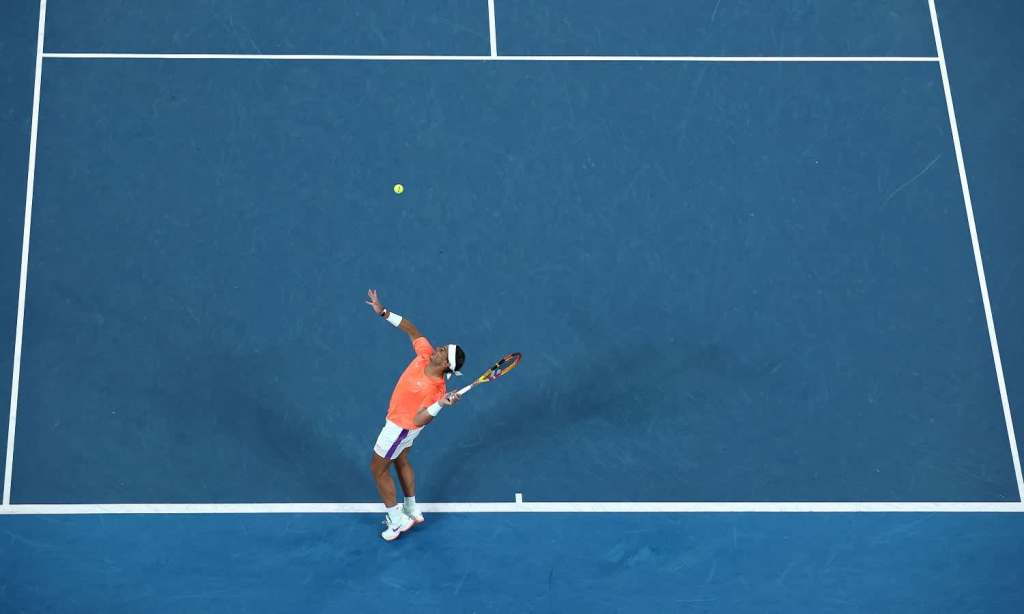For all the turmoil and chaos the past few months have thrown at us, the Australian Open has brought a much needed slice of respite from the outside world. Watching the best of the best go head-to-head has been the sweet relief we’ve all needed from whatever else is going on in our lives.
It’s been a powerful reminder of the oneness of sport, the universal nature of the professional games we love to play, and the fact that in the darkest of times, sport can bring us together and show us what is truly possible when we work hard and work together.
We’ve caught up with Master Tennis Professional Coach Michael Commings from the Australian Tennis Professional Coaches Association to drill down into the play style and technique of one of the games all-time greats: Rafael Nadal. The Spaniard has blazed through the tournament thus far without dropping a single set and looks well placed to take the title.
If you’ve been inspired by the Open, here’s how you can hone your game like Rafa.
Like Your Life Depends On It
Rafael Nadal’s clay court style has led him to 13 French open titles, with a record of 100 wins and only 2 losses. Nadal plays every point like his life depends on it, regardless of the score.
Nadal is a left-handed player whose main strength is his forehand. He hits his forehand with extremely heavy topspin making it exceedingly difficult for opponents to return since the ball bounces a lot higher than other player’s forehands.
Nadal plays further back behind the baseline than other players too but compensates for this style with that heavy topspin approach.
Rip It Like Rafa
One of his signature moves is the banana shot, which is his forehand down the line. He spins the ball down the line, making the ball travel from right to left and causing it to curve.
At first, this makes the ball’s trajectory appear as though it’s going to go wide of the singles sideline before it turns back into the court. That’s why it’s called the banana shot.
Choose Your Terrain
Nadal’s game has proven to be effective on all court surfaces but at its best on clay. Clay courts play as a slower surface compared to hard and grass courts. On a clay court, the speed of the traveling ball is reduced 50% post-bounce, allowing a Nadal-like forehand and incredible foot speed more time to generate the power and spin behind his shots.
This gives his shots a higher bounce at the opponents end which takes the ball out of the oppositions optimum strike zone, making it hard for then to find an opening to hit winning shots since they are forced to push back to deal with the high topspin ball.
Obsessive
Nadal is known for having on court routines, when he enters the court, he always places his energy drink the same way, slightly in front of his water bottle. He also makes sure that both labels on the bottles are perfectly facing the court.
He is also known for his pre-service routine, which is done before each of his serves, he places his hair behind his ears, pulls his nose and adjust his shorts as he bounces the ball.
The ATPCA has been in successful operation as an independent non-profit public company for over 60 years and over that time has professionally trained and accredited over 5,000 tennis enthusiasts to career professionals worldwide. As of July 2020 the ATPCA actively represents 1,100 tennis professionals worldwide.
Read more stories from The Latch and follow us on Facebook.

